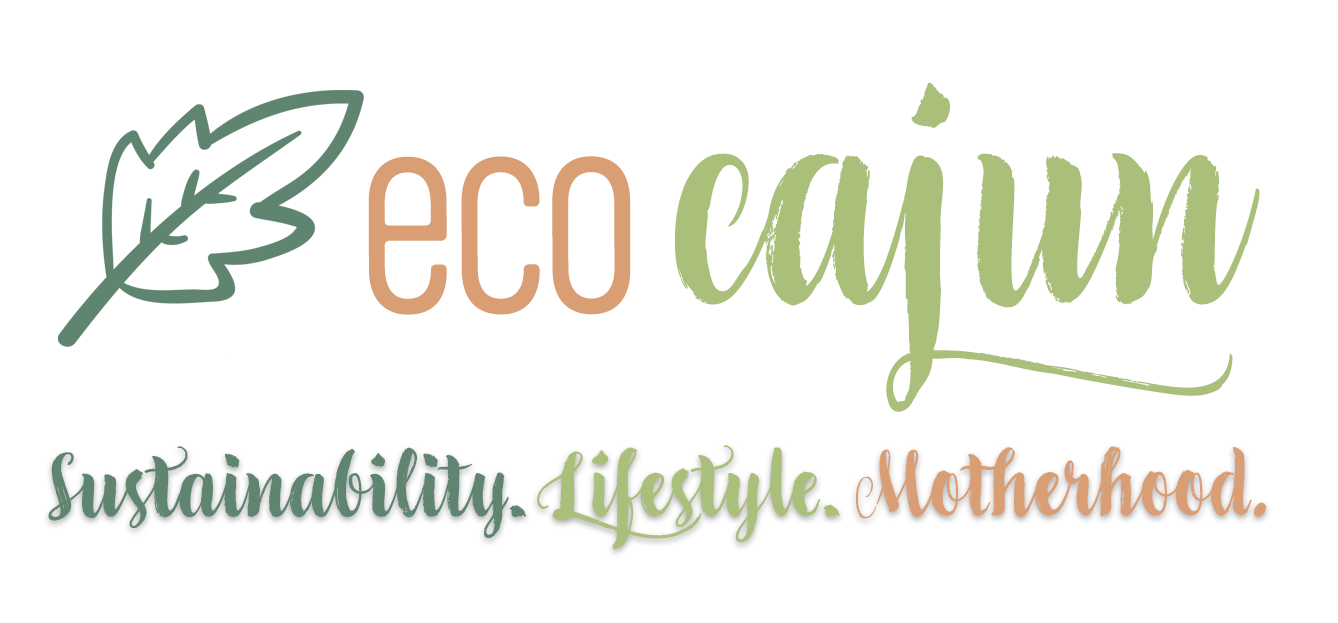We're getting into the swing of football season, and no matter how your team is doing so far (coughSAINTS), there's one thing that everyone can cheer for: the NFL greening its act.
The National Resources Defense Council is one of the NFL's green advisors and has set up a wonderful site detailing the different ways the NFL is greening its games, stadiums and other operations. You can learn what the NFL is doing from energy, water, waste, paper, concessions, chemicals, travel, buildings, suppliers and in their own front office.The Green Sports Alliance also works with many football teams on their environmentalism efforts.
The Philadelphia Eagles and their Lincoln Financial Field are leading the league in green measures taken. With the assistance of NRDC, the Eagles launched their program
in 2003, and became one of the first teams take steps to reduce their environmental
impact. In 2010, they announced
that Lincoln Financial Field will be the first professional stadium in
the country capable of generating 100 percent of its own electricity onsite,
with the installation of about 2,500 solar panels, 80 20-foot-high wind
turbines and a generator that runs on natural gas and biodiesel. Through energy, water and waste reduction efforts, the Eagles have saved over $3 million since 2005. $3 million!
At the beginning of the 2012 season, the MetLife Stadium welcomed fans with a new ring of solar panels and colorful LEDs on its roof. The panels generate 350,000 kilowatt hours, and power left over after
making the LEDs work is put back into running the rest of the stadium.
The New England Patriots have also installed solar panels for Gillette Stadium that will generate about 600,000 kilowatt-hours of renewable energy.
The Arizona Cardinals offset 100 percent of energy used on game days at their stadium throughout the season.
The Detroit Lions used 300,000 pounds of recycled rubber tires, 20 million pounds of
recycled steel in the ceiling and 10 million pounds in the concrete
frame when they constructed their new stadium, Ford Field, between 1999 and 2002. They also recycled part of an unused warehouse. It is
Among other practices, the Houston Texans
released the NFL’s first interactive media guide in 2009. The guides are housed on USB drives instead of printed books, and the switch allowed the
Texans to save an estimated 2,600,000 pages.
And the NFL works to green each Super Bowl game. The environmental program has five main initiatives: solid
waste management, material reuse, food recovery, sports equipment and
book donations and greenhouse gas reduction. It's great that the NFL makes sure even extra food goes to soup kitchens, shelters and other local organizations instead of being thrown out.
So when you're watching your team this weekend, whether from home, a gathering or the stadium, remember that your teams are doing their part, and you can easily do yours. Reduce your waste and conserve your energy!





No comments